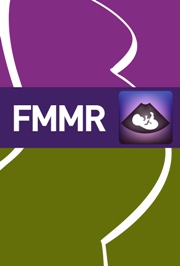Article contents
SECONDARY POSTPARTUM HAEMORRHAGE
Published online by Cambridge University Press: 05 December 2011
Extract
Secondary postpartum haemorrhage is defined as any abnormal or excessive bleeding from the birth canal occurring between 24 hours and up to 12 weeks postpartum. The quantity of blood loss that constitutes secondary postpartum bleeding, unlike primary postpartum hemorrhage, is not clearly defined. Subjective estimation of the amount of blood loss constituting ‘haemorrhage’ accounts for at least some of the variation in reported incidence of secondary postpartum haemorrhage from 0.47% to 2%
- Type
- Review Article
- Information
- Copyright
- Copyright © Cambridge University Press 2011
References
REFERENCES
- 3
- Cited by


